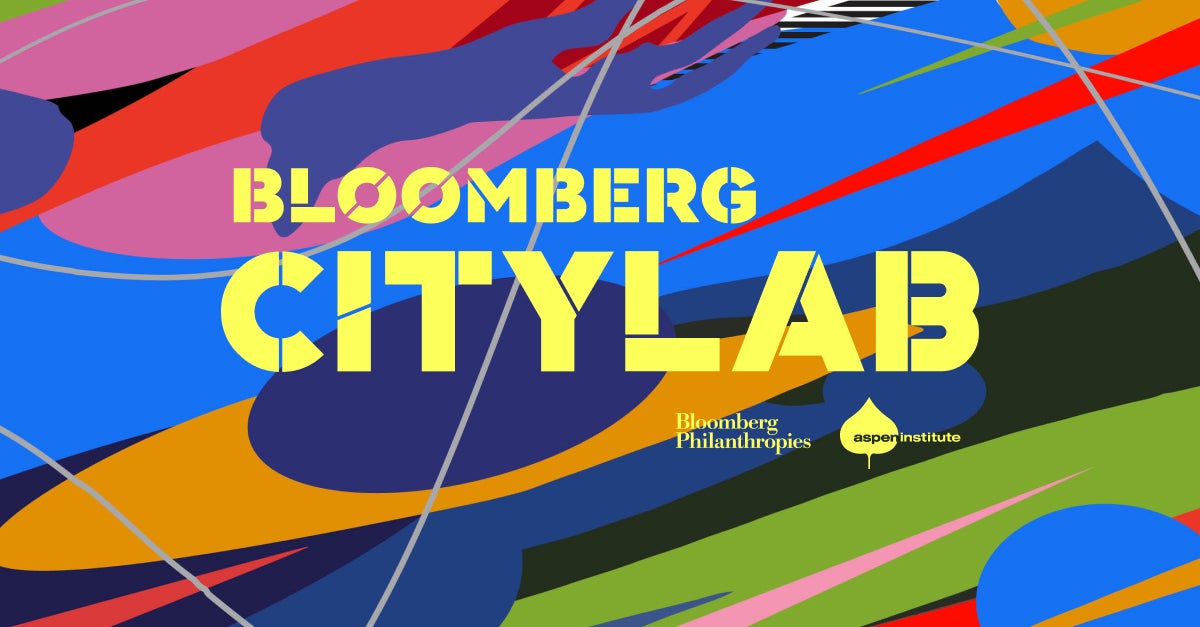What do entrepreneurs look like and how do we support them? How can we connect tech entrepreneurs with small business entrepreneurs in Baltimore? What types of risks are we willing to take?
Those three questions are at the core of supporting urban innovation in Baltimore, according to the opening panelists at Investing in Urban Innovators, a recent day-long session convened by the Aspen Institute’s Center for Urban Innovation, Impact Hub Baltimore, Invested Impact, and Art in Praxis.
In partnership with @AspenInstitute @impacthubbalt @PraxisMakes, we present “Investing in Urban Innovators” #UrbInn17 pic.twitter.com/kSGbEn37GV
— Invested Impact (@InvestedImpact) February 15, 2017
Panelists Rodney Foxworth of Invested Impact, Benjamin Jealous of Kapor Capital, and social entrepreneur Jamie McDonald laid out ways that philanthropies, non-profits, businesses, and others could overcome these barriers. Together, their remarks suggest that three essential steps are identification, connections, and comfort with risk.
Identifying talented social entrepreneurs in Baltimore is key to the city’s role as a hub of urban innovation. To identify potential entrepreneurs, panelists suggested that investors begin to look within Baltimore. As Jealous suggested, “There is gold to be made, doing good things, that starts right here…In our communities there have always been people creating new things and there have always been people creating scalable businesses.” For Jealous the challenge is to call upon the city’s history in an effort to envision a Baltimore of today that connects “capital with good ideas.”
“Hard times in Baltimore have inspired people to innovate for a long time,” he said. “We’ve had very smart people from unlikely places, whether it’s an ER room or a prison, with great ideas for a long time. It’s actually the challenge for folks like us, who either have capital to allocate or can convince others to allocate capital, to take the risks, to make the connections and to help Baltimore grow, in the way Baltimore knows how to grow, which is from it’s own genius.”
Jealous offered three examples of entrepreneurs who saw needs in Baltimore and developed innovative solutions with the help of Kapor Capital. Pigeonly provides low-cost ways for incarcerated individuals to communicate to family and friends. Healthify is a health services software company that connects low-income families with social support services. And Allovue, started by former Baltimore school teacher Jess Gartner, is a software platform aimed at assisting school administrators in school system budgeting.
“Baltimore is a majority African-American city and that’s an asset.” CEO @RDFoxworth on racial equity at #UrbInn17 https://t.co/niSZi8y9JM pic.twitter.com/j546C7k971
— Invested Impact (@InvestedImpact) February 16, 2017
Yet these examples alone only represent a portion of the entrepreneurial potential of Baltimore. “We don’t recognize our potential in the less formalized structures,” said Jamie McDonald of Generosity Inc. “Much of the spirit of survival actually creates an entrepreneurial direction that many of us don’t recognize.”
As a social entrepreneur and consultant, with nearly 30 years of experience in Baltimore, McDonald challenged the audience to look past idealized business models and pay attention to the groundswell of energy and expertise occurring on the ground in some of Baltimore’s most challenged environments. McDonald has recognized that these everyday forms of business activity also shed light on the various types of innovative entrepreneurial skills where funders could effectively connect with entrepreneurs in unlikely places. “Part of it is also fundamentally changing the conversation about recognizing the entrepreneurialism that exists all around our community and how people find those entry points to it, that reframes their talents and access in a way that makes them feel as though there is a future they can look to,” she said.
McDonald referred to these individuals as “beacons” who deftly balance their daily lives while also providing goods and services to their own communities. She said they possess some of “the real true entrepreneurial talent in Baltimore and can be built upon and [become] a generational transfer of knowledge.” This type of talent “is probably sitting in those mom and pop barber shops, coffee shops, and corner shops that are all around Baltimore – and that somehow we can convince those leaders, recognize them as leaders, and then tie them into our more tech-oriented entrepreneurial community in a way that is more productive for Baltimore overall.”
McDonald and Jealous called attention to the social ecosystems throughout Baltimore that are often overlooked by investors and both agreed that the critical role these small businesses play in their communities have lasting effects.
And while attracting capital to these individuals is paramount, there is also the practice of using public resources to persuade corporations to come to Baltimore. Jealous finds this costly and counterproductive. Instead he suggested that, “The billion that we use recruiting corporations to come here, maybe we should take half of that and turn that into risk capital for local entrepreneurs who are growing a detail shop, who are growing a flower shop, who are growing a bodega – because again when you look at employing the hardest unemployed people, those businesses are where they are, they know them and they’ll take risks.”
To close the gaps between equity, inclusion and innovation involves risk. Supporting African-American and other entrepreneurs of color in Baltimore begins with a fundamental shift in perspective towards risk-taking. Rodney Foxworth of Invested Impact summed things up well: “Risk is already being taken, the question is what types of risk are we willing to take on everyone else?”
